|
“Oh the weather outside is frightful But the fire is so delightful And since we've no place to go Let it snow! Let it snow! Let it snow!” From “Let It Snow” Songwriters: Jule Styne / Sammy Cahn With unbearable temperatures outside this weekend, it was a good time to focus on a few indoor projects that I’ve been putting off for way too long. As much as I wanted to go snowshoeing, the high winds and below 0-degree temps held me back. I braved the elements only once so that I could buy a few ingredients for Tomato Lentil soup that I was making for guests who were far braver than I am and didn’t mind venturing out in the cold and windy evening. Although I had planned to open a Carmenere from Chile to serve with the soup, one of my guests brought a few bottles of Josh Cellars Cabernet Sauvignon for us to drink. So I decided to open the Cabernet first. Cabernet Sauvignon is grown worldwide and the characteristics of the wine vary depending on the climate and soil of the region, among other factors. California has many wine regions ranging from Northern California to Napa Valley that are well suited for Cabernet Sauvignon production. In fact, according to California Agricultural Statistics Service for 2016, Napa had the most Cabernet Sauvignon acreage planted of all the counties, 20,759 acres. Joseph Carr formed his own wine company in Napa Valley after spending a decade as a world-class sommelier and another decade as a wine industry executive. His dream was to have his own family-owned winery and so in 2005 he began making wines under the label ‘Joseph Carr’. In 2007 Carr launched Josh Cellars as a tribute to his dad, Josh, who inspired and influenced the man Carr is today. “Every bottle of Josh Cellars wine produced honors and acknowledges his father”. Grapes for the Josh Cellar wines are sourced from top California winegrowing regions to create wines with character and complexity. The 2015 Josh Cellars North Coast Cabernet Sauvignon is a blend of 83% Cabernet Sauvignon and 17% Merlot dominant blend. This is a full-bodied wine with aromas of dark fruit, oak, spice and currant. The palate offers a silky mouthfeel with dark cherry, blackberry, plum, spice, vanilla and pepper. It was a long finish of pepper with hints of oak. Outstanding price for the product! Alcohol: 13.5% SRP: $15 The Tomato Lentil soup is hearty, packed with protein and quite filling! It’s perfect for a cold night. In addition to onions, carrots and celery, I added a blend of herbs, a little dry white wine and lots of love! The soup takes about three hours to cook, but is well worth it. The wine paired well with the soup and didn’t compete with all the subtle flavors the soup had to offer. We eventually moved on to taste the Carmenere, but that will be the topic of another post.
When I left my house this morning, it was a chilling -6 degrees! I think that a glass of wine and a bowl of soup are on the menu for later today!  It was a cold and blustery night, the car temperature read 6 degrees outside, but Don Melchor and I were determined to reach the restaurant no matter what. As I was driving I kept looking anxiously at the passenger seat to make sure Don was safely strapped into the seatbelt. Having traveled thousands of miles from Chile to partake in the evening’s festivities, it was important for my journeyer to have a smooth ride. Concha y Toro Don Melchor Cabernet Sauvignon and I go back a few years. I’ve had the pleasure of drinking several vintages, all of them outstanding. My last story and review was on the 2013 vintage. Please take a moment and read it to learn the history of Don Melchor, the region, climate and soil so that you can appreciate the beauty of this wine. http://thewineknitter.com/1/post/2016/11/day-532-don-melchor.html  Enrique Tirado Enrique Tirado Don Melchor Cabernet Sauvignon is Chile’s first and most renowned icon wine. With winemaker Enrique Tirado at the helm, each vintage of Don Melchor is expressive and elegant. Every year Tirado chooses grapes from 50 to 60 parcels, out of the 142 located in Puente Alto on the north bank of the Maipo River. Tirado says, “each parcel not only offers a unique expression, but that expression varies from year to year”. The 2014 Don Melchor Cabernet Sauvignon is a blend of 92% Cabernet Sauvignon and 8% Cabernet Franc. Prior to tasting, we decanted the wine to allow the aromas and flavors to open. The color is ruby red with seductive aromas of dark cherry, plum and dark currant. The palate offers dark and lush berries, plum, cocoa, and spice. The wine is full-bodied with velvety tannins and a long black cherry finish. We paired the wine with a variety of dishes such as baked Brie with truffles, oysters, halibut and scallops with leek fondue. And yes, I saved a sip to pair with the apple and blueberry strudel. Alcohol: 14.5% SRP: $125 This is a wine to savor and share! Drinks beautifully!
I look forward to our date same time next year, Don Melchor! Cheers! Penina To leave a comment or if you have an inquiry, please contact me at [email protected] Sparkling wines are produced worldwide. And I have been fortunate to sample some excellent wines from unusual places. For instance, last year I received a few bottles of sparkling wine from England. I must admit that I was quite dubious about the source prior to tasting them. However, the wines were amazing! You can read my story at http://thewineknitter.com/1/post/2016/12/day-539-england.html When a few bottles of sparkling wine were delivered to me a few weeks ago from Tasmania, I knew that I was in for a treat. Tasmania is known for its fertile land and cool climate, which is conducive for growing grapes. And it has become a popular wine-growing region, spreading its good cheer globally. Tasmania is an island located 150 miles to the south of Australia’s mainland. Although it is separated by the Bass Strait, Tasmania is a part of Australia. The wine regions enjoy a maritime climate and are sheltered from rainfall and high winds by dolerite-capped mountains that dominate the Tasmanian landscape. With the absence of extreme temperatures, grapes are allowed to ripen slowly on the vine while maintaining natural acidity which in turn helps to give the wine freshness and balance. The soil on the lower slopes of the vineyards is a combination of ancient sandstone, mudstone, river sediment and igneous rocks of volcanic origin that contribute to very aromatic and heightened flavors in the wines. The most common grapes grown in Tasmania are Pinot Noir, Chardonnay, Sauvignon Blanc, Pinot Gris and Riesling. There are 1800 hectares under vine, 160 licensed wine producers and 230 individual vineyards. Australia’s finest sparkling wines come from Tasmania. And with ideal growing conditions for producing sparkling wine, it dares to challenge Champagne. House of Arras is led by Australia’s most awarded sparkling winemaker, Ed Carr. Out of 34 years in the wine industry, Carr has devoted 27 years to sparkling wine production. He believed that Tasmania had the potential for producing Australia’s best sparkling wine due to its fruit resources. And so, in 1995 the company made the decision to produce Tasmanian prestige cuvée. In 2002, the first vintage of the 1998 Arras was released, made from 100% Tasmanian fruit. Arras sources Pinot Noir and Chardonnay grapes from top vineyards in southern Tasmania and the southeast coast. The 2003 House of Arras EJ Carr Late Disgorged Sparkling is a beautiful blend of Pinot Noir and Chardonnay. It spent 12 years on lees and 28 months under cork. It was disgorged in June 2015 and is bottle 0384 of 2200. The color is vivid yellow with fine bubbles. The nose offers soft citrus, honey, bread dough and a hint of almond that opens up to a wine that is delicately elegant and full of richness on the palate. The texture is creamy with hints of brioche, citrus and honey. This is an exquisite and refined sparkling wine! Visit their website to find out how to order these delicious wines. http://houseofarras.com.au/ SRP $140 Alcohol: 12.5% 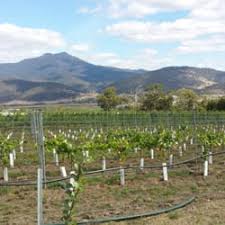 Image is courtesy of Stefano Lubiana Winery Image is courtesy of Stefano Lubiana Winery Stefano Lubiana Wines is led by Stefano (Steve) Lubiana, a fifth- generation winemaker. The family biodynamic vineyards, which were established in 1990, are located at the foothills of the Derwent River estuary and consist mainly of Pinot Noir and Chardonnay grapes. The first sparkling wines were produced in 1993. Stefano Lubiana NV Brut Reserve is a multi-vintage blend of Chardonnay and Pinot Noir made in the traditional method using a combination of oak and stainless steel during fermentation. The wine spends 22 months of aging on lees in the bottle that contribute to the depth and character of the wine. The color is straw yellow with fine bubbles and a smooth texture. Aromas of fresh citrus, floral and nuts segue onto the palate with toast, spice and a hint of lemon zest on the finish. This is a crisp and beautifully balanced wine. Use this link to order direct from the winery. https;//slw.com.au/ SRP: $38 Alcohol: 12.5% The sparkling wines of Tasmania are expressive and impressive! And since I don’t see a trip planned to Tasmania in my foreseeable future, I look forward to the day when Tasmania’s sparkling wines are available within driving distance of my house! Hurry up Tasmania…we’re waiting!
With all the holiday festivities, my son’s wedding and a few birthdays thrown into the mix as well, I have been remiss and rather sporadic with writing stories this past week or so. However, on the bright side, there have been a lot of corks popping around here! So, I will have many wine stories to share with you! In the next week or two we will be traveling the world as I take you to Tasmania to taste sparkling wines and to Alentejo to sample some delicious wines! Along the way we'll stop in Chile, France and Italy!
In the meantime, I hope your holidays are filled with laughter, love and good spirits! Cheers! Penina To leave a comment or if you have an inquiry, please contact me at [email protected] Every now and then I rummage through my “spirits” cabinet for ideas when experimenting with a food recipe or cocktail. Yesterday, I discovered a beautiful Delft style bottle of Vandermint Liqueur that had been shoved all the way to the back of the cabinet. It is a beautiful bottle made of milk glass with classic Delft images of sailboats and windmills. The lid is in the shape of a tulip. The seal is still intact and has probably been sitting on the shelf for at least two decades. Vandermint Liqueur was imported from Holland and made by Andros Distillery in Tilburg. However, try as I might, I found nothing on the Internet about the distillery or places that one could purchase the liqueur. In fact, I called two well-known wine and spirit stores in NYC. No one had ever heard of Vandermint! There were numerous sites on the Internet that were selling the bottle as a collector’s item.
Vandermint Liqueur was very popular in the 1970s and 1980s. Unfortunately, we’ll never know all of the ingredients that went into making the liqueur except for two; rich Dutch cocoa and fresh mint. I remember drizzling Vandermint over vanilla ice cream, adding it to coffee and dessert cocktails. It is 52 proof. So the question of the day is, do I open the bottle and enjoy its contents or do I sell it to a collector? Hmmm…. Have a great weekend! Cheers! Penina To leave a comment or if you have an inquiry, please contact me at [email protected] . The moment had arrived. I closed my eyes and inhaled the perfume emanating from my glass and I was instantly carried off to the magical island of Pantelleria. Last spring I had the opportunity to visit with Donnafugata in Sicily. During my stay with them, we flew to Pantelleria Island for an amazing day of touring the Donnafugata vineyards where Zibibbo grapes are grown. Although the Zibibbo vines barely had buds yet, it was an impressive tour that stretched throughout the whole island and covered many districts. You can read all about it at: Day 575 Donnafugata A 360 Degree Tour http://thewineknitter.com/1/post/2017/05/day-575-donnafugata-a-360-degree-tour.html The “pour” in my glass that had me swooning was a Ben Ryé 2015 Passito de Pantelleria DOC, a naturally sweet wine made with 100% Zibibbo grapes. Since it was our first snowfall, I thought it would be fun to open this delicious dessert wine, inviting in a touch of the Mediterranean. The color is an intense amber with stimulating aromas of apricots, figs, raisins, floral and honey. All the aromas segue onto the palate offering a beautifully balanced wine with mineral notes and a hint of herbs. The combination of gentle sweetness and savory is perfection! This wine drinks beautifully as an aperitif or pair with cheese and dessert! Alcohol: 14.5% SRP: $40 for a 375ml bottle If you’re running out of gift ideas, think no further! This is a fabulous wine to add to your holiday list! Cheers! Penina To leave a comment or if you have an inquiry, please contact me at [email protected]
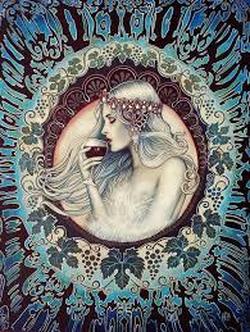 On the eve of the summer solstice in June, I wrote about Ferraton Père & Fils flavorful Samorëns Rosé 2016 and Samorëns Blanc 2016. And now that we are just fifteen days away from the winter solstice, I decided it was time to open a few reds from Ferraton Père & Fils. Ferraton Père & Fils estate is located in Tain l’Hermitage in Southern France and was founded in 1946 by Jean Orëns Ferraton. His son Michel, inheriting the same passion as his father, introduced the first Hermitage, Crozes-Hermitage and Saint-Joseph wines to the world. Michel Chapoutier, a highly regarded winemaker and close friend of the Ferratons’ introduced organic viticulture to the vineyards in 1998 and he eventually formed a partnership with the Ferratons. By the year 2000, all of the vineyards were converted to biodynamic farming and are now certified organic. What began in 1946 as a .3 hectare estate (some of these vines still produce fruit), Ferraton now has an annual production of about 350,000 bottles and is headed by oenologist Damien Brisset. La Matinière Crozes-Hermitage 2015 is 100% Syrah. Crozes-Hermitage is the largest appellation in the Northern Rhône and is known for its exceptional Syrahs. The grapes for the La Matinière are sourced and blended from a mix of estate and neighboring vineyards in the Mercurol and Beaumont-Monteux districts of central and southern Crozes-Hermitage. The wine is the color of dark plum bordering on purple. It is very aromatic, filling the nose with cherry, dark berries, spice and earth. The palate offers a beautiful dance of dark cherry, red berries, pomegranate, pepper and cocoa. Smooth tannins with a long finish of cherry, plum and pepper add a nice kick to the finale. This is a versatile wine when it comes to pairing with food! Alcohol: 13% SRP: $23 Côtes-du-Rhône is in the Southern Rhône. The region enjoys a Mediterranean climate conducive to grape growing which also reflects in the characteristics of the wine. Samorëns Côtes-du-Rhône Red 2015 is a blend of 85% Grenache, 10% Syrah and 5% Cinsault. The grapes are sourced from estate and smaller growers mostly located in the Northern Rhône. The color of the wine is dark ruby with aromas of lush red fruit, cherry, raspberry, floral and spice. The palate offers tart cherry, raspberry, fennel and pepper. It has a lovely mouthfeel with spice and pepper on a long finish. At $14 a bottle, this is a steal! Will pair well with pasta, meats and hearty fish. I popped a chocolate kiss in my mouth and took a sip of the wine. Wow! Alcohol: 14% SRP: $14 All of these wines, including Samorëns Rosé and Samorëns Blanc, will drink beautifully at any time of the year. Don’t limit your selection of wine based on what season it is. Be adventurous and have some fun with mixing it up a little. I have white and rosé wine chilling in the refrigerator all year long!
Cheers! Penina To leave a comment or if you have an inquiry, please contact me at [email protected] When it comes to making and/or eating red sauce, the pasta itself tends to be an excuse for me to devour the sauce! In fact, whenever I eat pizza, I love a side of sauce so that I can spoon extra on my slice. I love tomato sauce in all its forms. Whether it’s arrabiata, basil, mushroom or plain tomato, I love it all! On a recent excursion to The Market at Pepper Place in Birmingham, AL, I happened across a booth selling marinara sauce. Of course, I had to stop and investigate! Maw Maw’s Marinara is a beautiful blend of flavors sourced from the freshest and all natural ingredients available. The company’s slogan which is written on the jar says it all. Big Italian taste from a small town in Alabam’. Jamie Tolbert grew up eating a variety of meals made with his mom’s (aka “Maw Maw”) home canned tomatoes. She never actually made a marinara sauce with the tomatoes, but her creativity and passion for cooking inspired Jamie to take all he learned from his mom and developed his own recipes over the years. One of the recipes that Jamie created is an amazing marinara sauce that he has named Maw Maw’s as a tribute to his mom for inspiring him. Jamie and his wife Nancy sell the sauce to retail stores throughout Alabama. However, I’m sure that they would be more than happy to take your order and ship some to you! https://www.mawmawsmarinara.com When my package of Maw Maw’s Marinara arrived, I immediately opened a jar and ate a few spoonfuls. The sauce is light, with just the right amount of spice added. I love the fact that it’s “chunky” as opposed to so many pureed sauces that one finds on the supermarket shelves. Although I could have easily eaten the entire contents of the jar spoonful by spoonful, I made spinach and cheese ravioli to go with the sauce. It was a perfect marriage! And, what would a meal be without a nice bottle of wine? So, I opened Concha y Toro’s Gran Reserva Serie Riberas Carmenere 2015 to pair with the dinner. Gran Reserva Serie Riberas Carmenere 2015 is produced at the Cachapoal winery in the Rapel Valley of Chile by head winemaker, Marcio Ramírez. The grapes are harvested from the Peumo Vineyard, which runs along the Cachapoal River and the Coastal Mountains. The wine is a brilliant color of purple with heady aromas of berries, cherries, plum, spice and cocoa. The palate offers a silky mouthfeel filled with dark berries, pepper and a long finish of fruit and spice. The wine is medium-bodied that has structure and depth. It was a good choice to pair with the marinara! Alcohol: 14.5% SRP: $17 Although the ravioli was delicious, the marinara sauce and the wine were the stars of the evening!
If you celebrated Thanksgiving, I hope that it was wonderful. My table was graced with family, friends, too much food and some lovely wines. These were the most popular wines of the evening. The 2013 Laetitia Estate Pinot Noir is from the Arroyo Grande Valley, Central Coast, CA. Laetitia Vineyard & Winery is located in Southern San Luis Obispo County and is comprised of over 600 acres of vines. The first grape plantings were established in 1982 by French viticulturists from Epernay, France. In 1998, Selim Zilkha, owner of a wind power development company, bought the Laetitia property. With the expertise of Head Winemaker Eric Hickey and Vice President of Vineyard Operations, Lino Bozzano, they produce high quality wines with an emphasis on sustainability. Although the estate is widely known for their Méthode Champenoise sparkling wines, the Pinot Noir is an attention getter. The Laetitia Estate Pinot Noir is impressive. The color is cherry red with delicious aromas of raspberry, cherry, floral and spice. The palate is layered with soft fruit, cherry, pomegranate, spice, cocoa and hints of oak. It paired well with the turkey and a variety of side dishes. In fact, I enjoyed sipping it with a decadent ganache filled chocolate cake. This wine was truly good to the last drop! Alcohol: 13.9% SRP: $25 Hands down, Donnafugata’s 2016 SurSur won the hearts of the white wine drinkers. SurSur is made with 100% Grillo grapes, an ancient indigenous variety from Sicily. These grapes were harvested from Donnafugata’s Contessa Entellina Estate Vineyard located in the Southwestern part of Sicily. I have tasted and reviewed the 2014 and 2015 SurSur vintages. By clicking “Donnafugata” on the menu found on the right side of this page, you will find many stories, history and wine reviews for Donnafugata. The 2016 SurSur is pale yellow with playful aromas of citrus, pineapple, floral and tropical fruit. The palate offers a nice balance between citrus and light stone fruit and moderate acidity with a nice dose of minerality. This is a bright and refreshing wine with just the right amount of dryness on the finish that made it compatible to our Thanksgiving feast! Alcohol: 12.5% SRP: $20 Both wines are available in the USA and abroad. Until next time…
 Thanksgiving is just days away and I’m taking a short break from writing so that I can focus on family and friends. My home is already filled with delicious aromas of pumpkin and banana muffins baking in the oven. Sparkling wines are chilling in the refrigerator and I’ve just put the finishing touches on the menu. I will be back at the beginning of the week with stories to share. Until then, have a beautiful holiday! Cheers!
Penina |
Categories
All
|

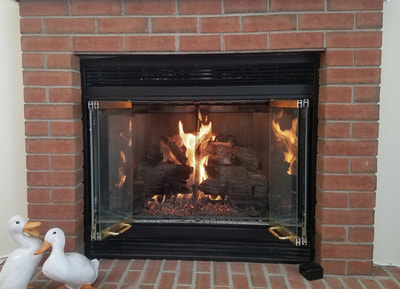
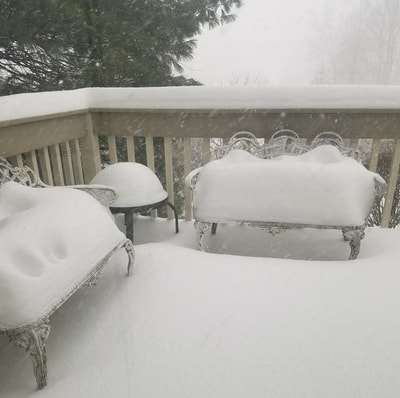

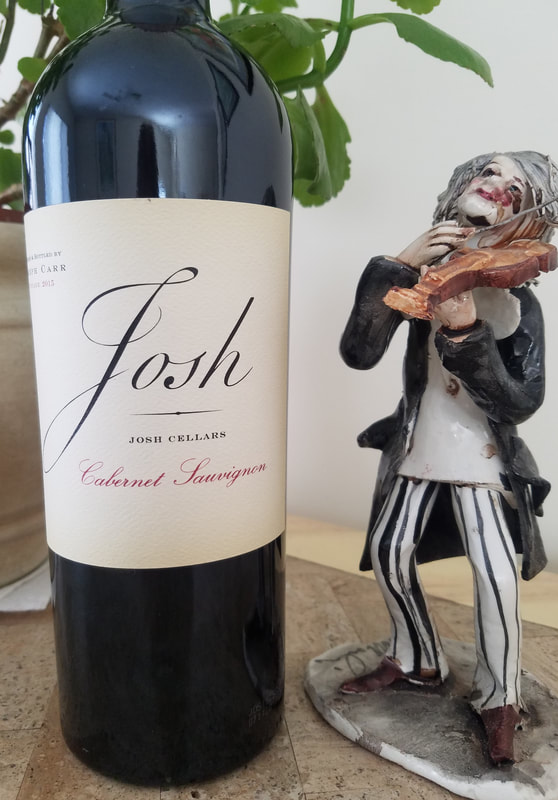
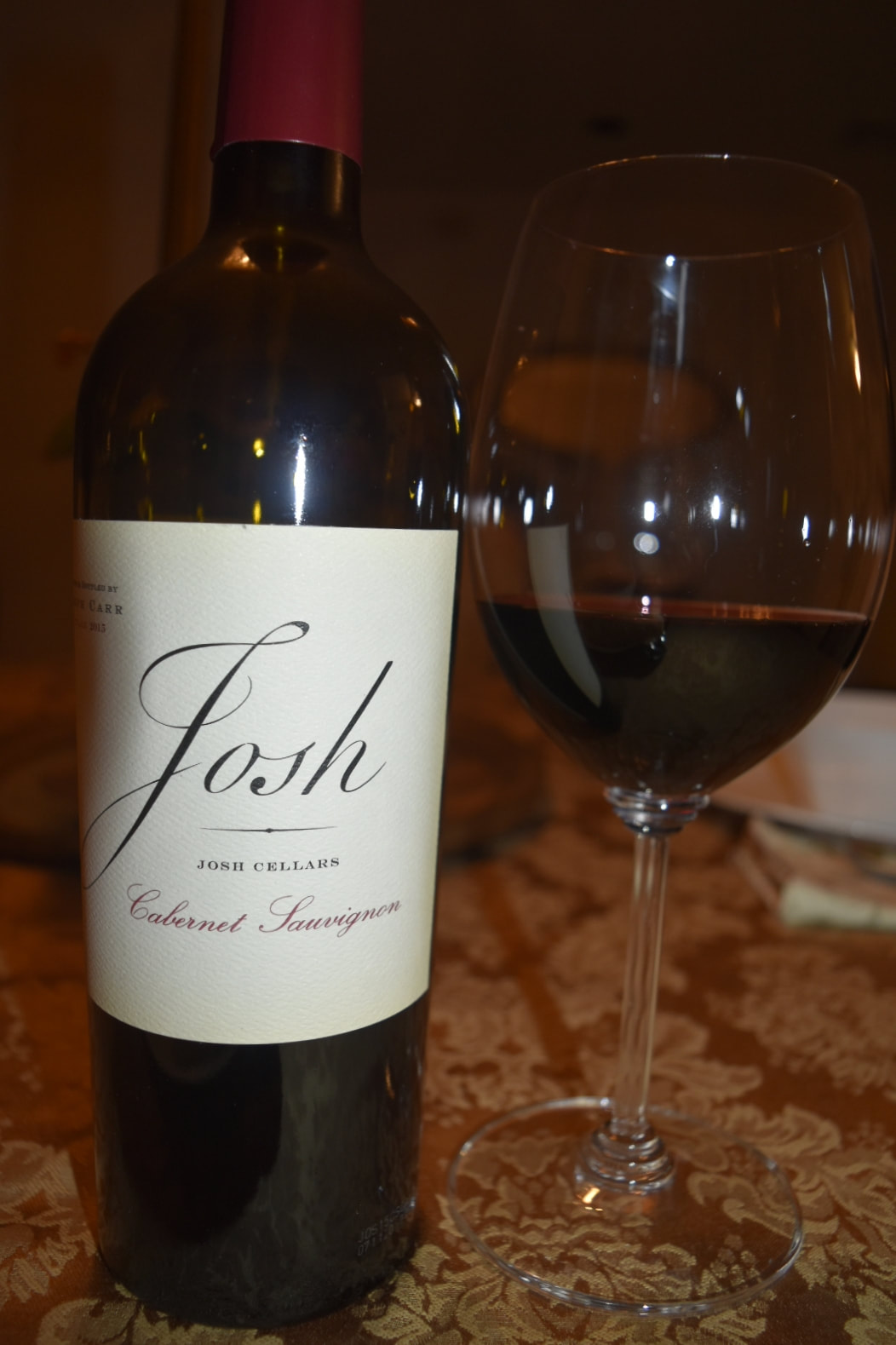
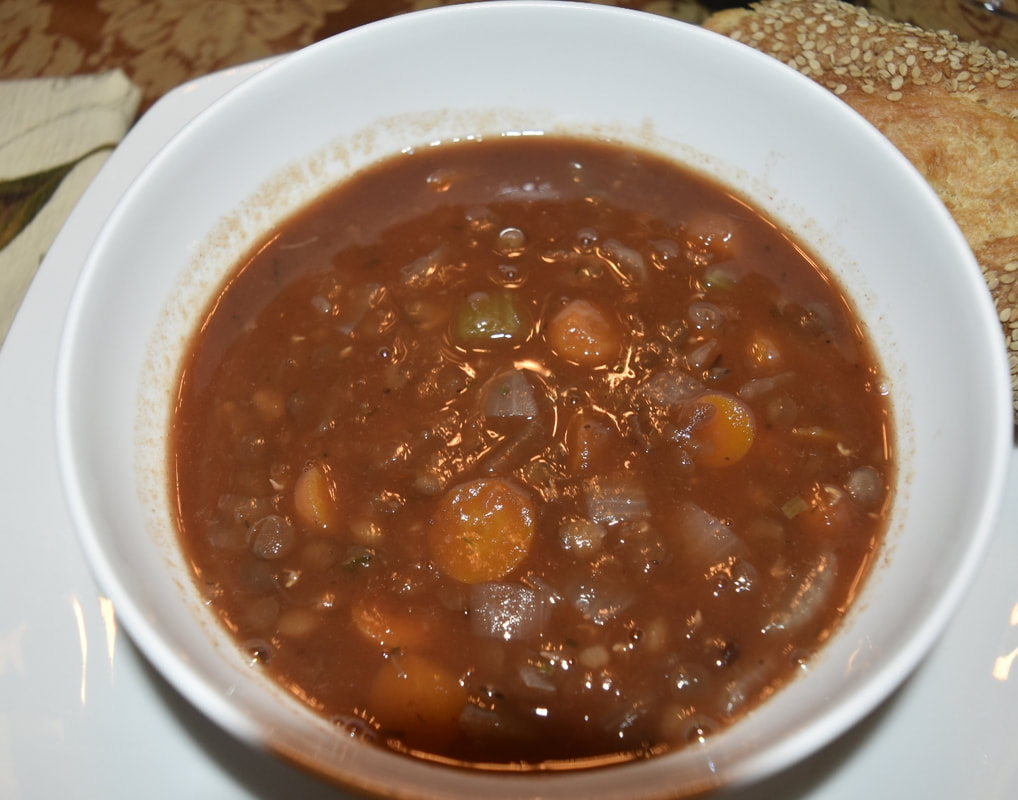
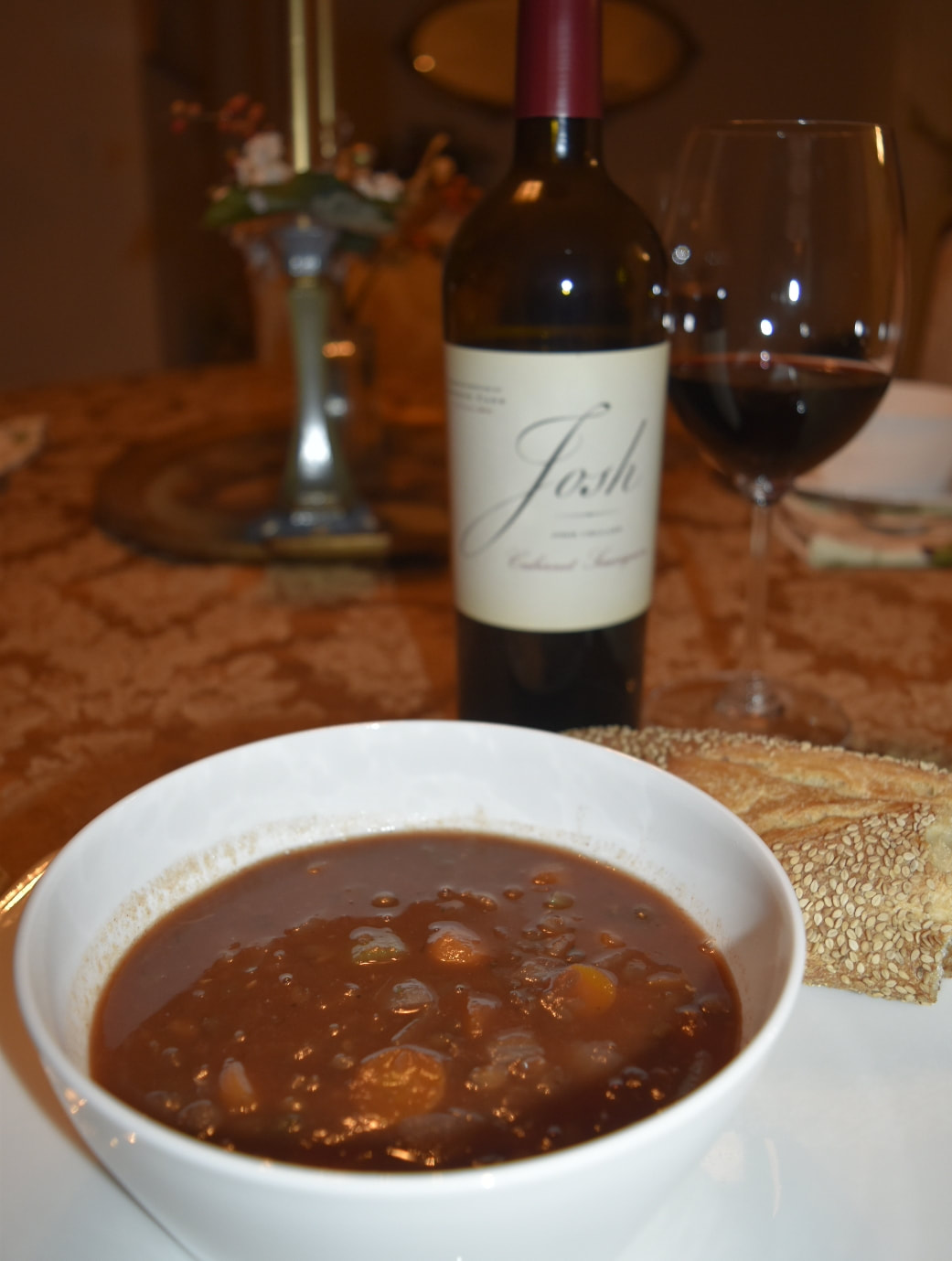
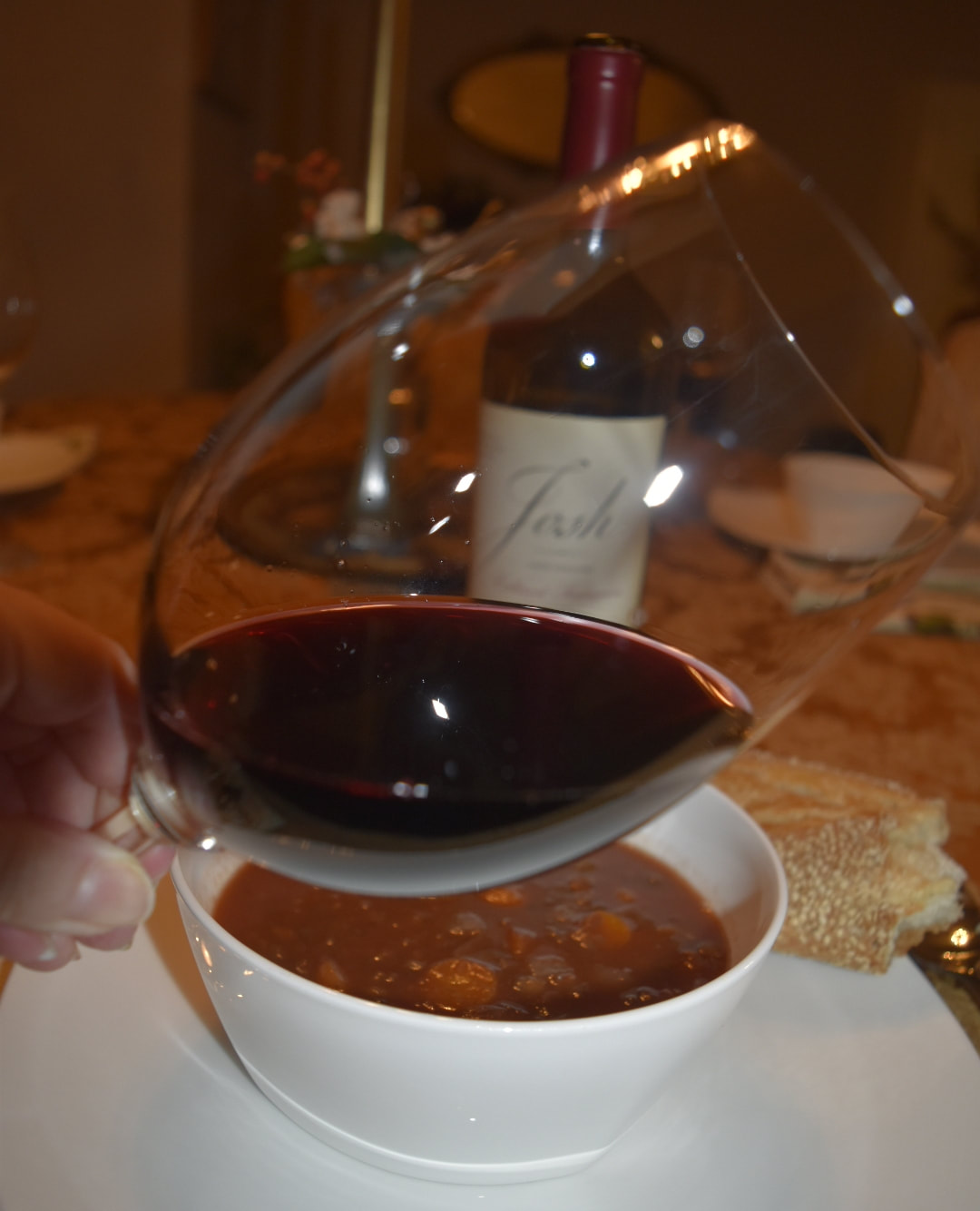
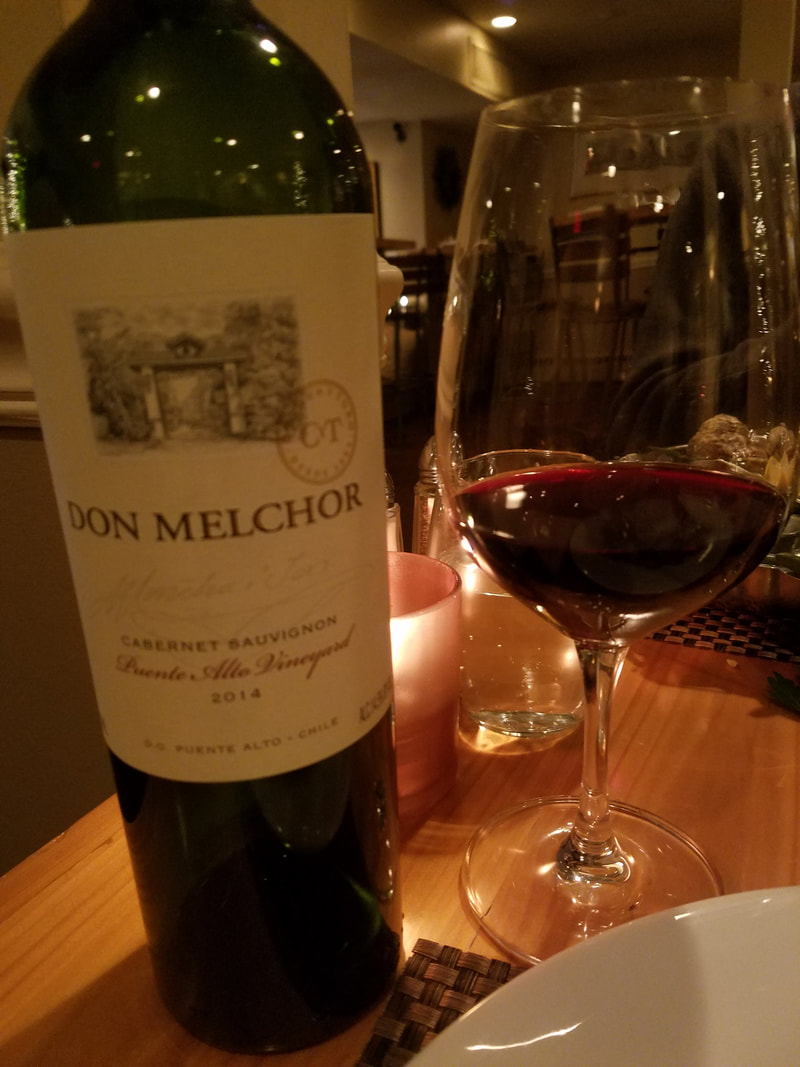
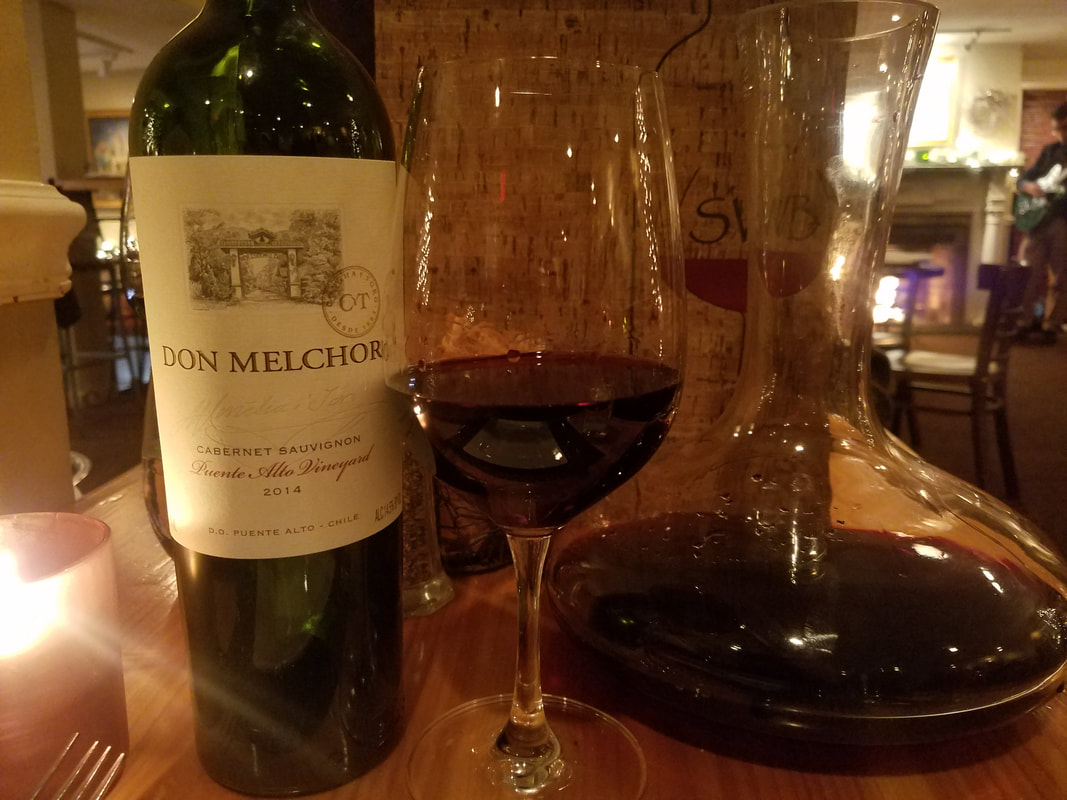
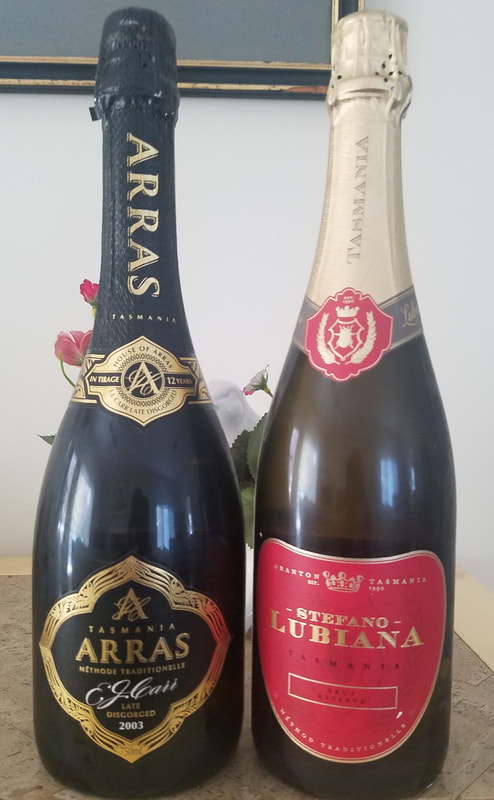
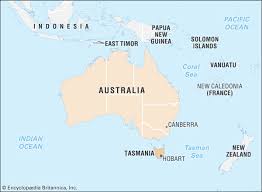
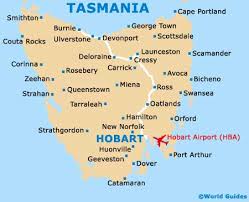
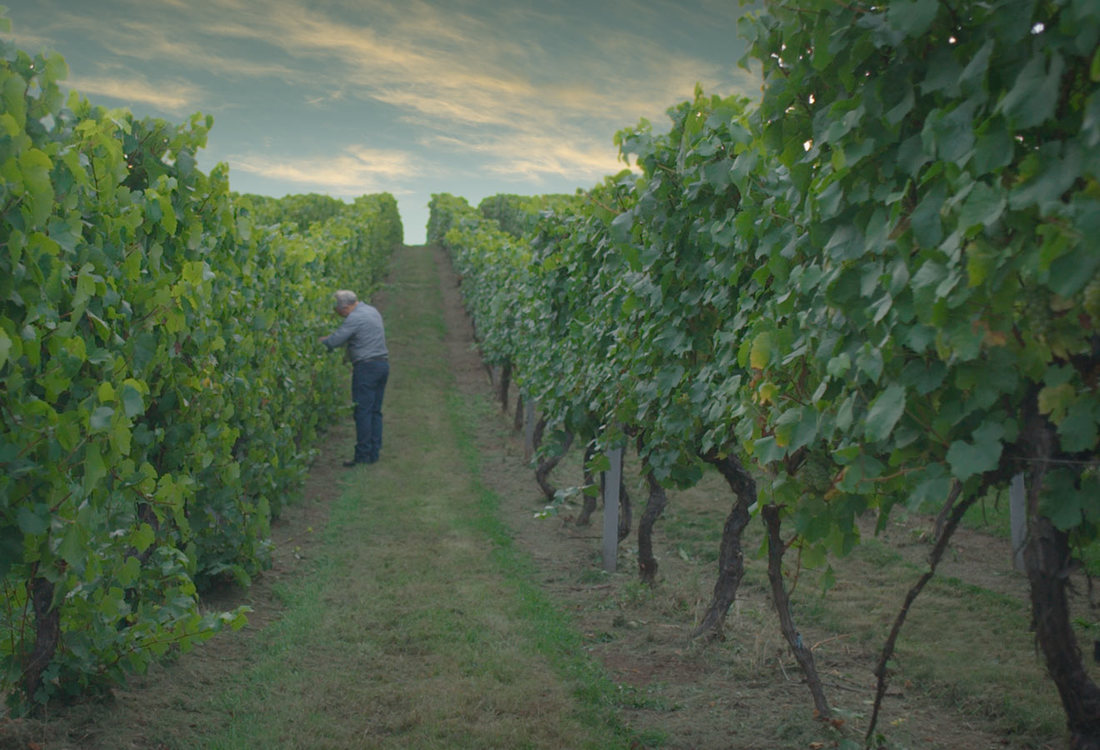

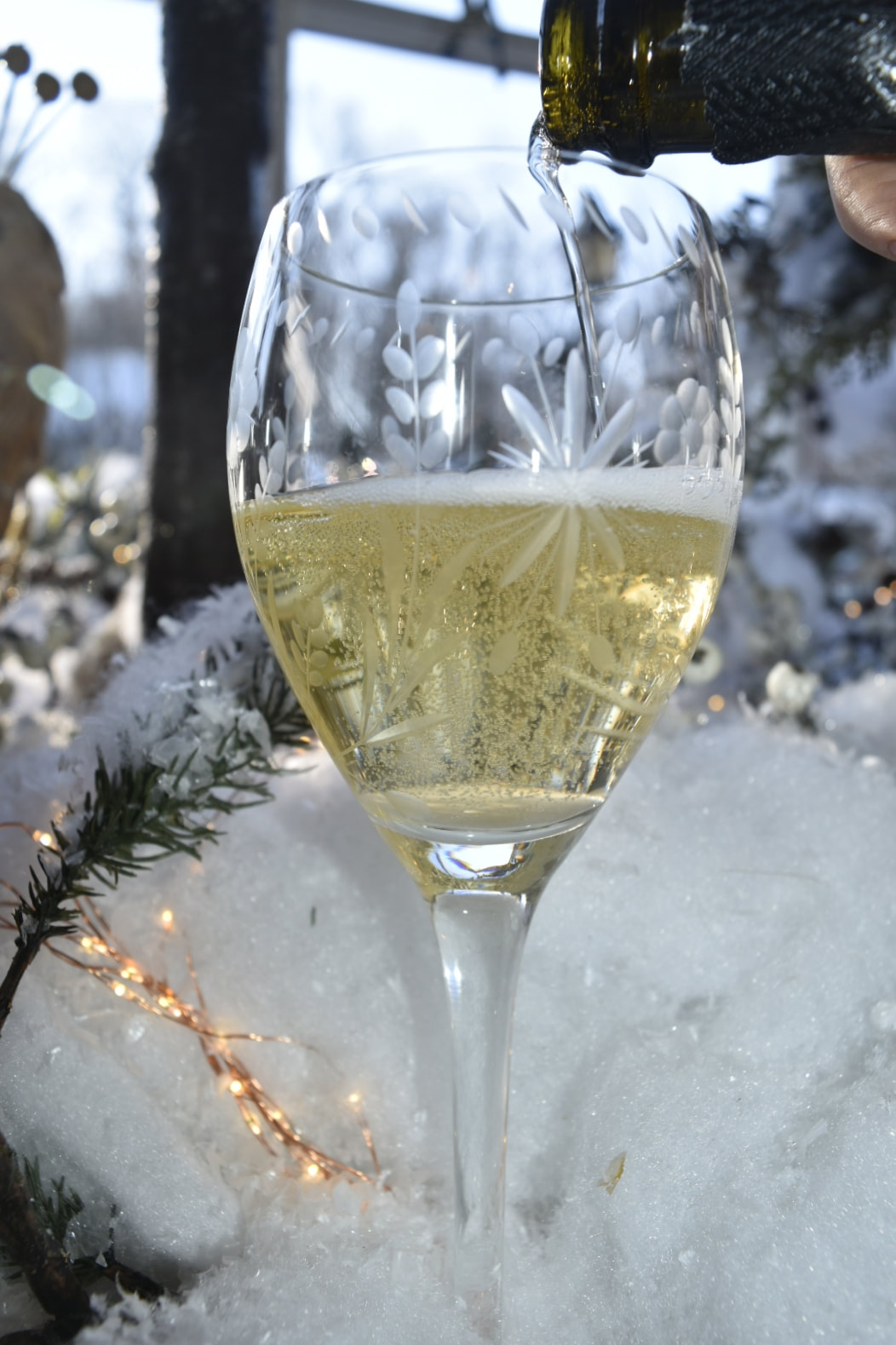
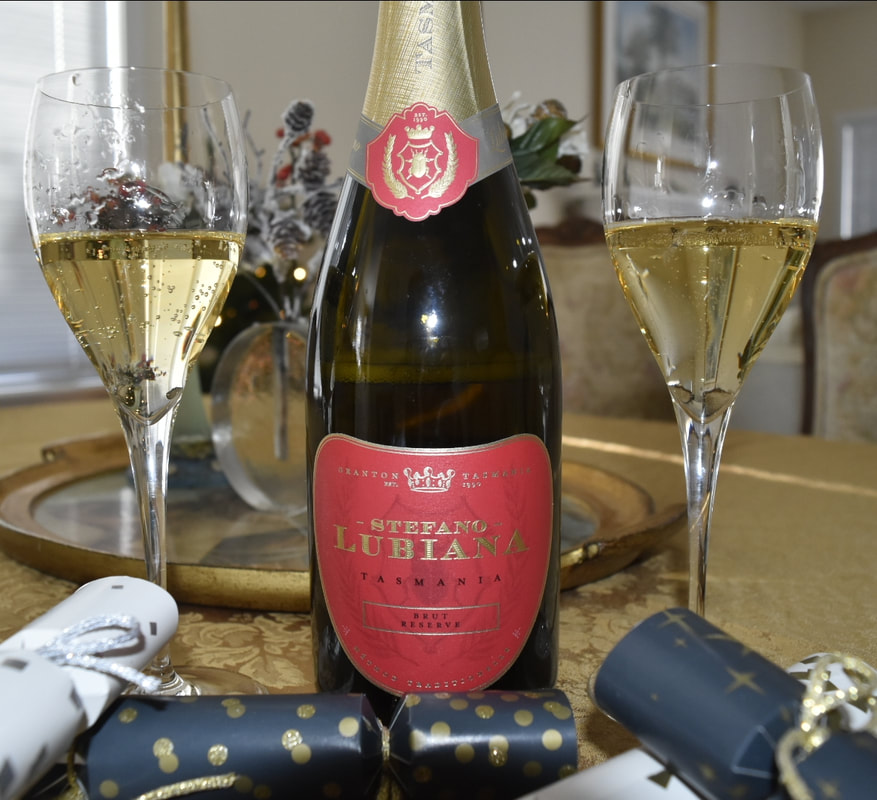




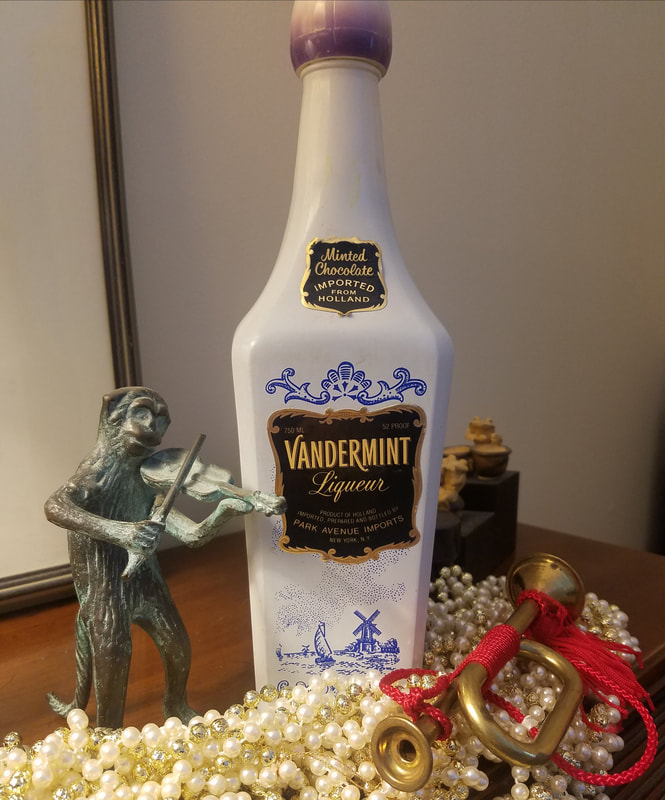
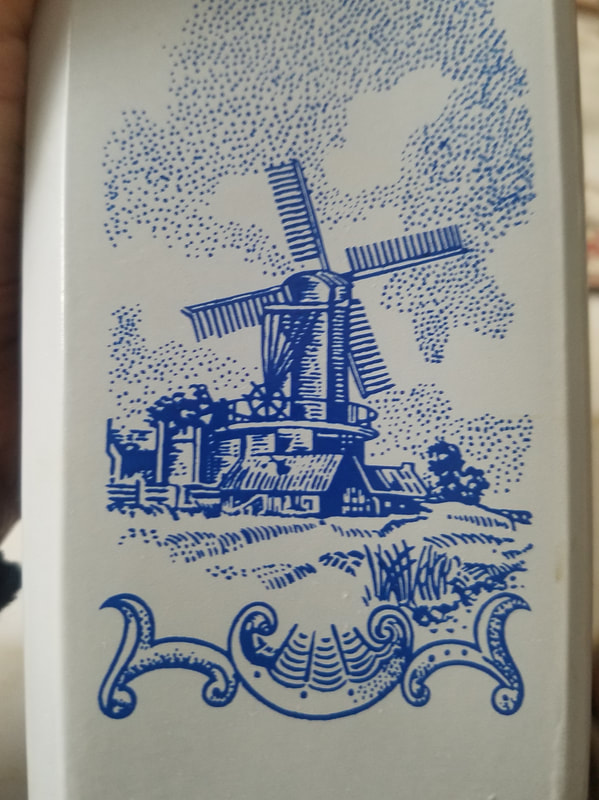
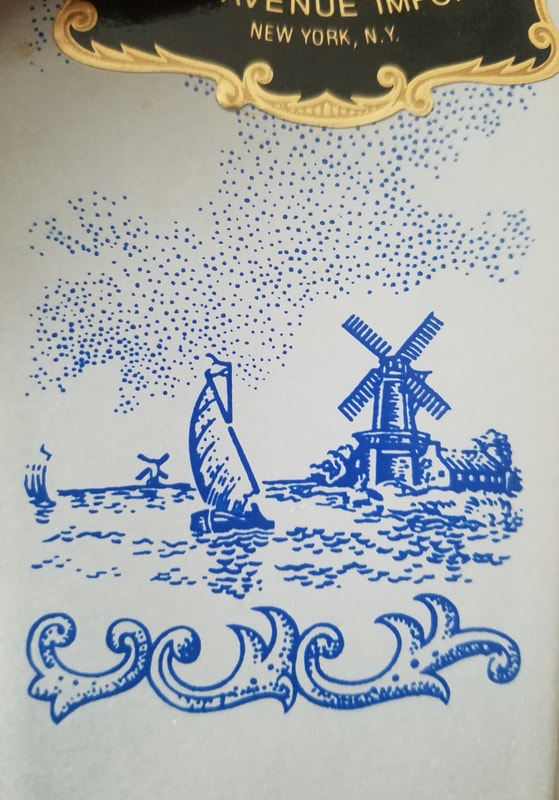
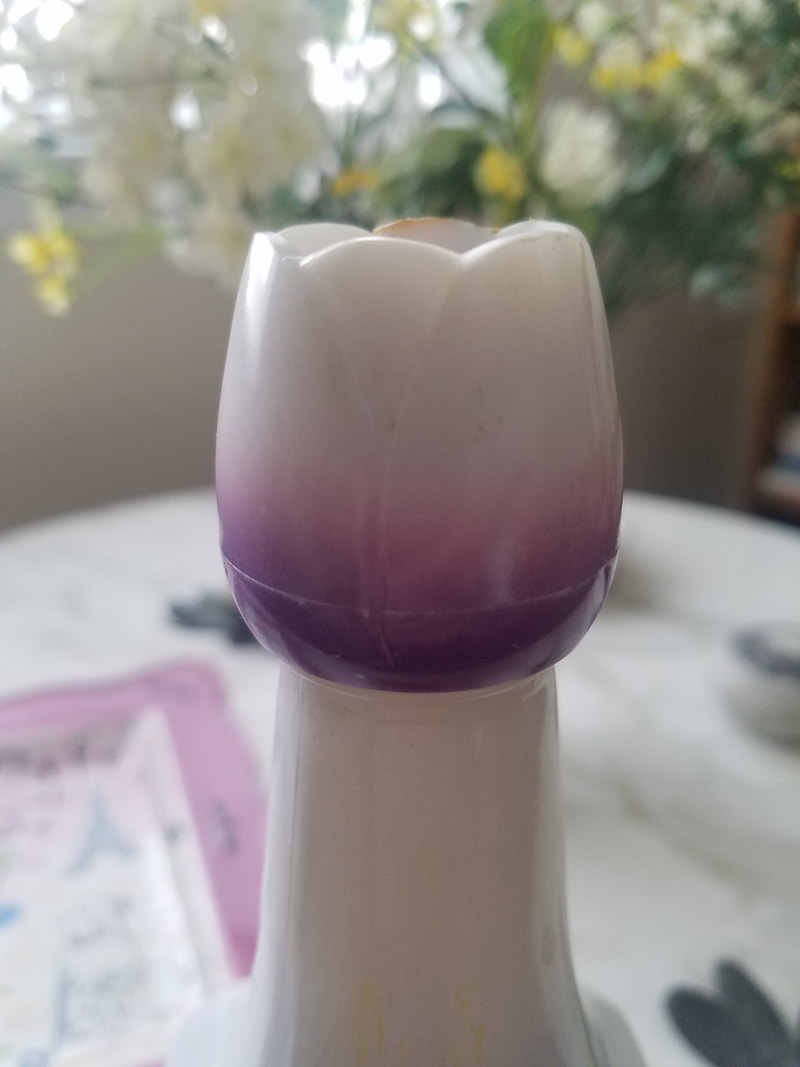
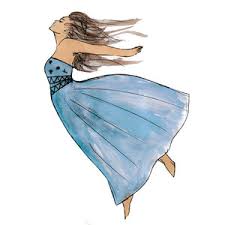
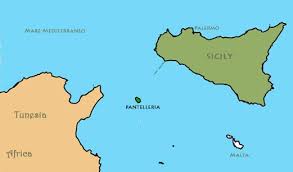
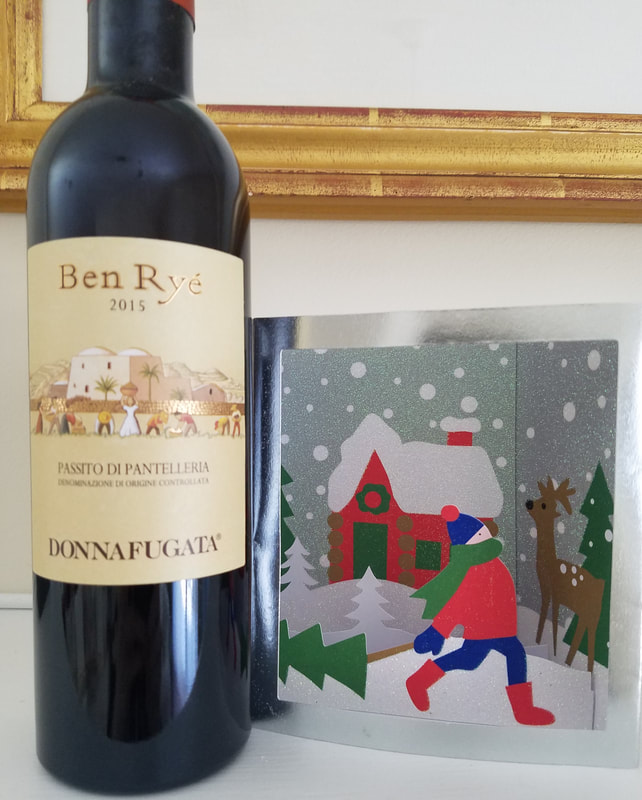
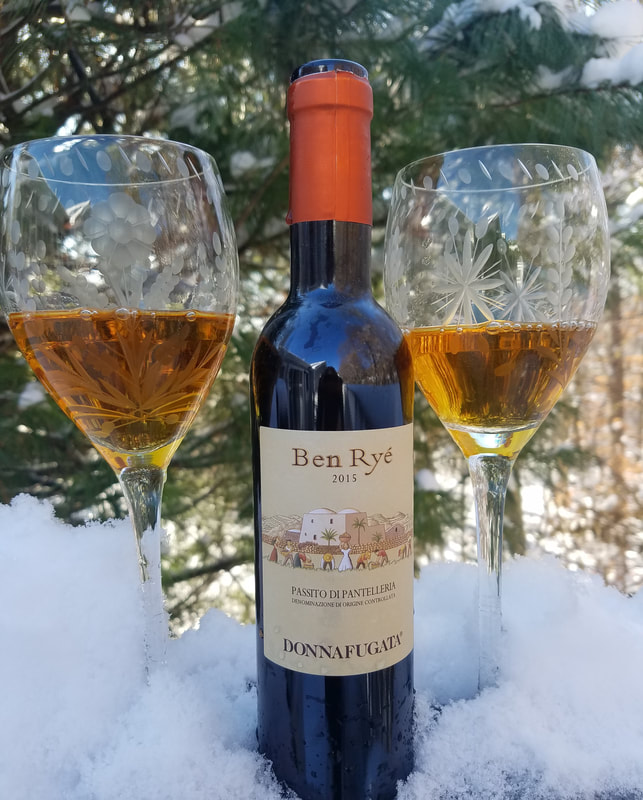
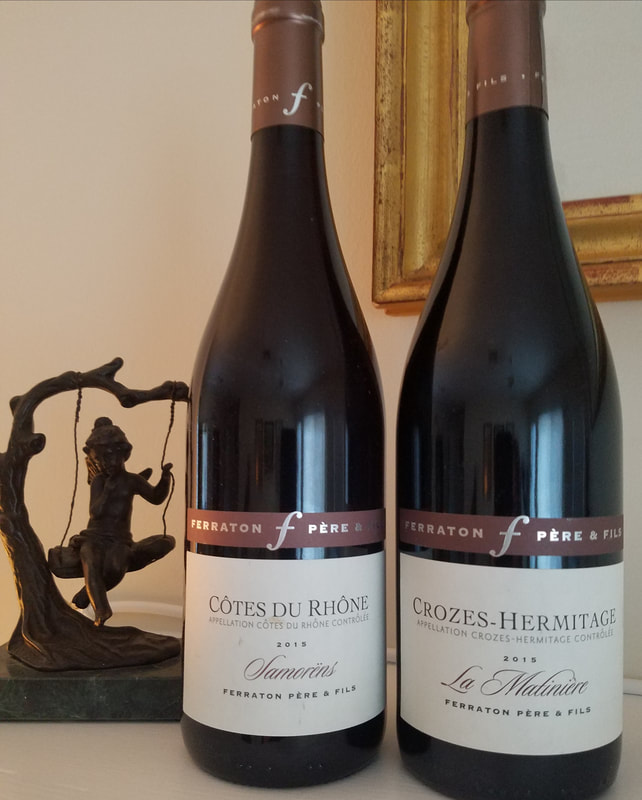
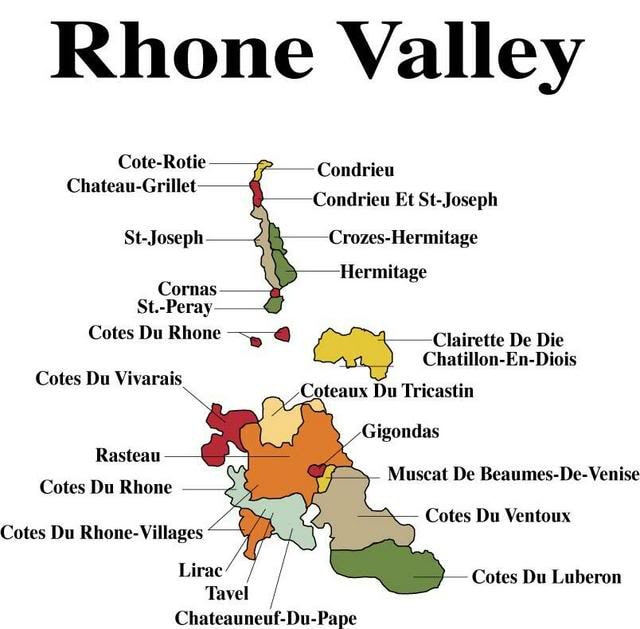
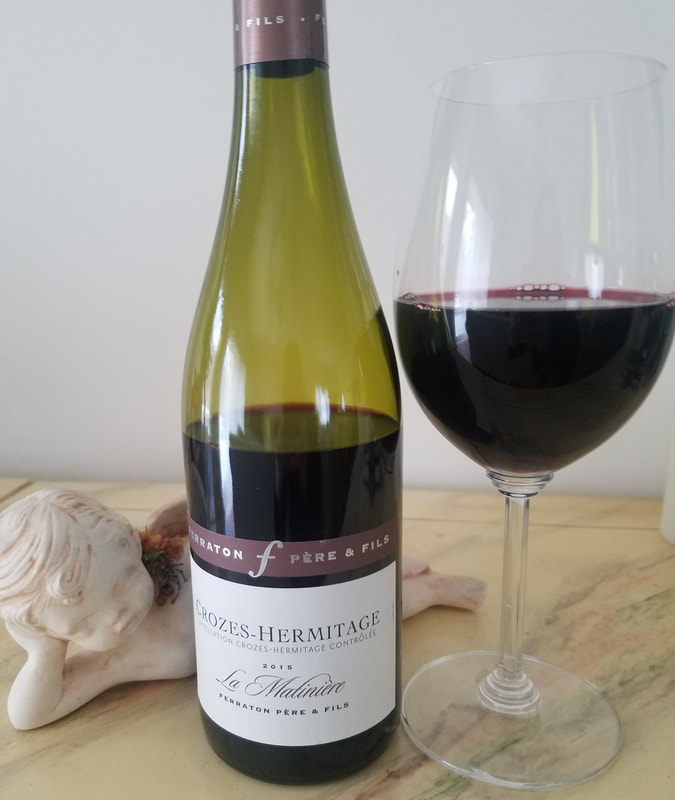
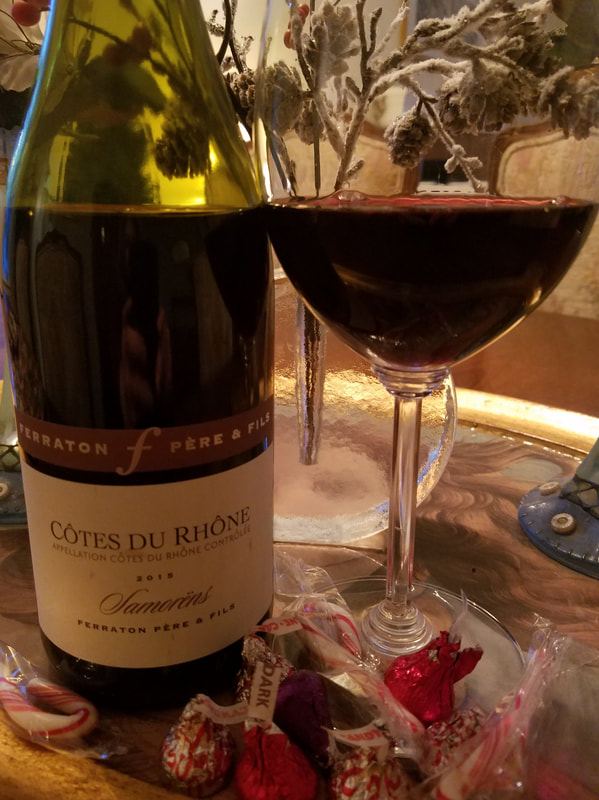
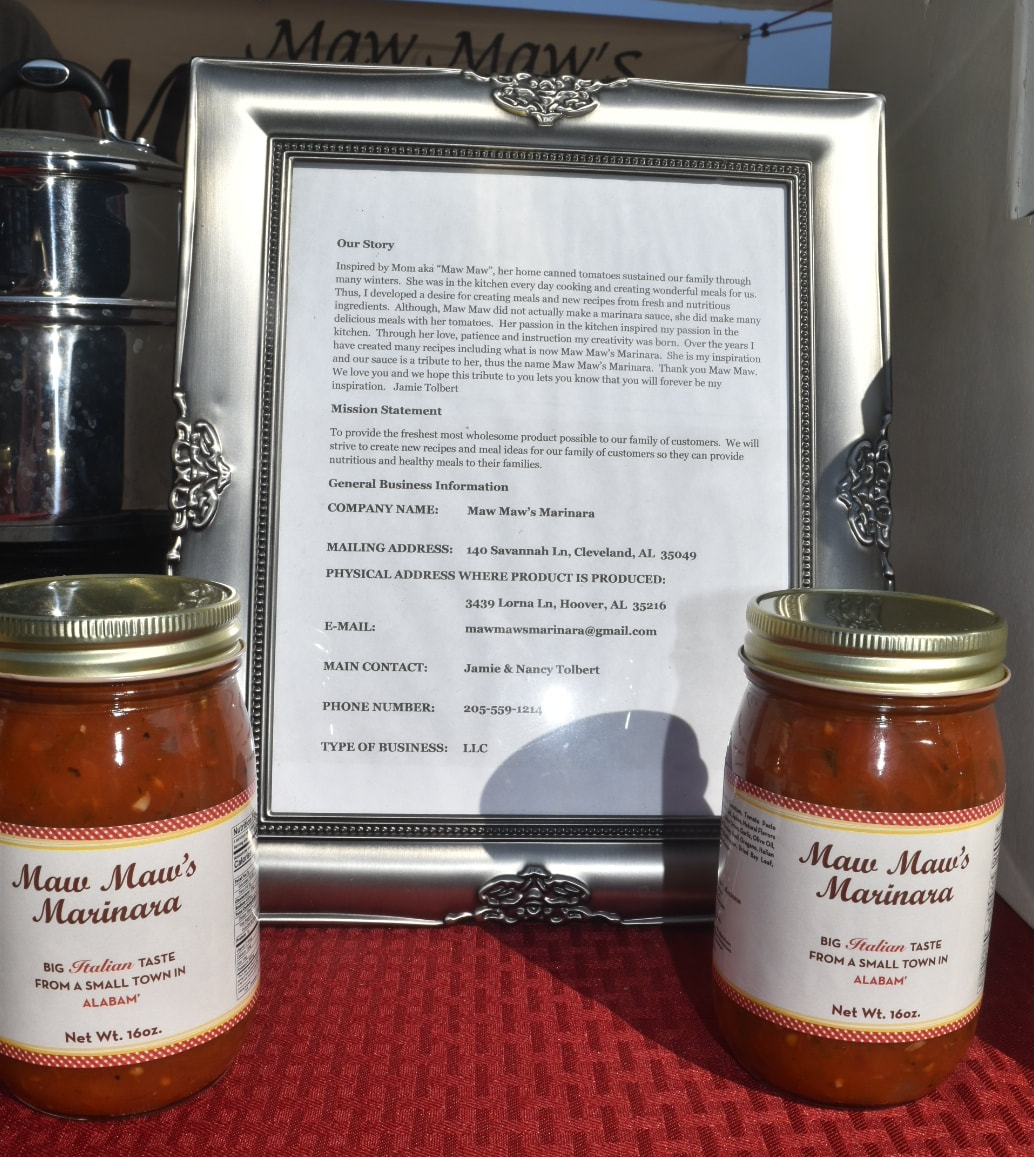
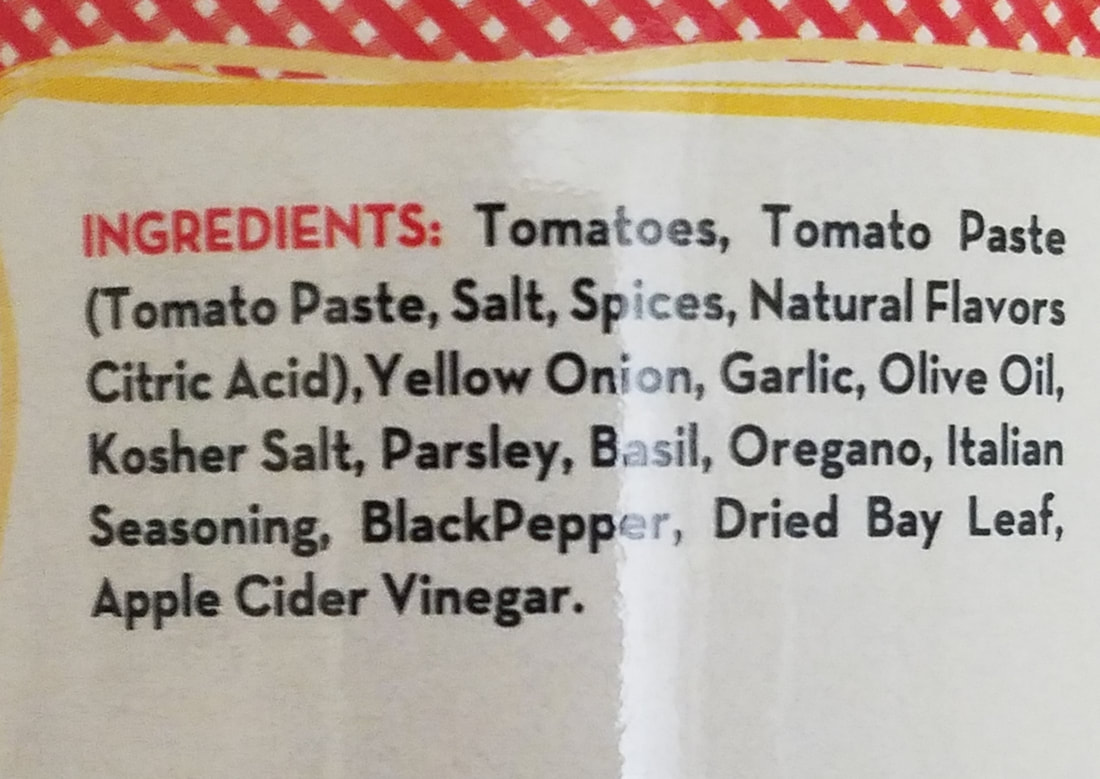
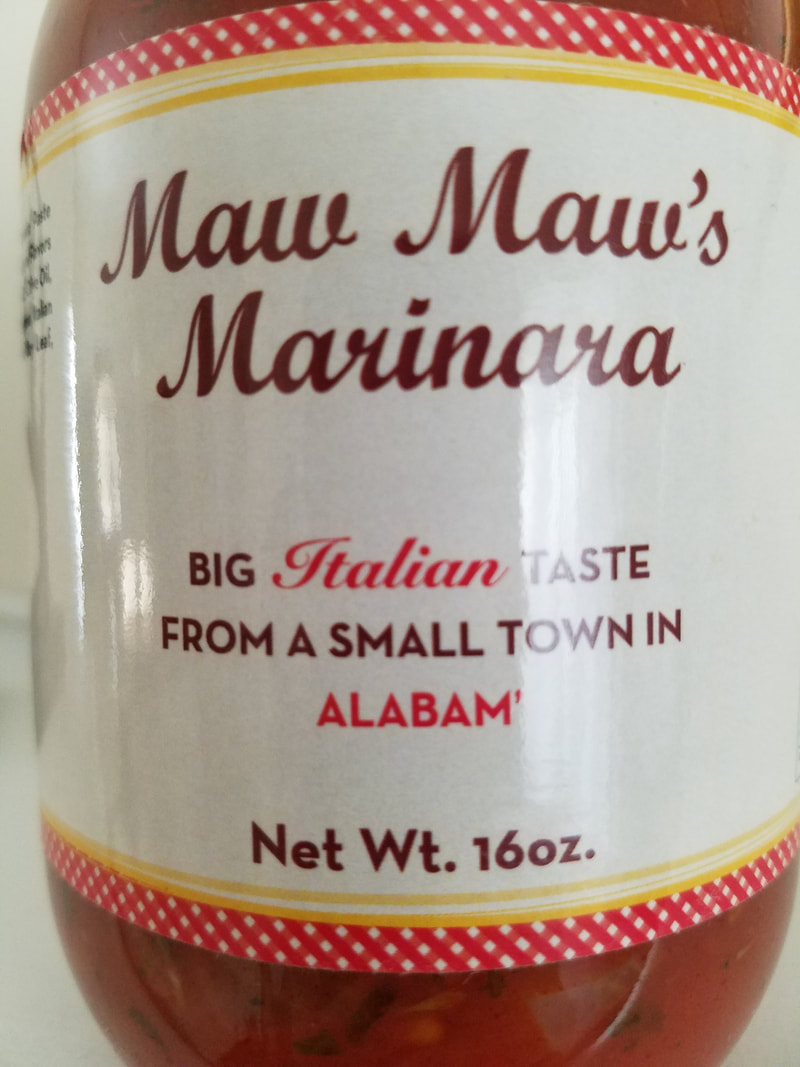
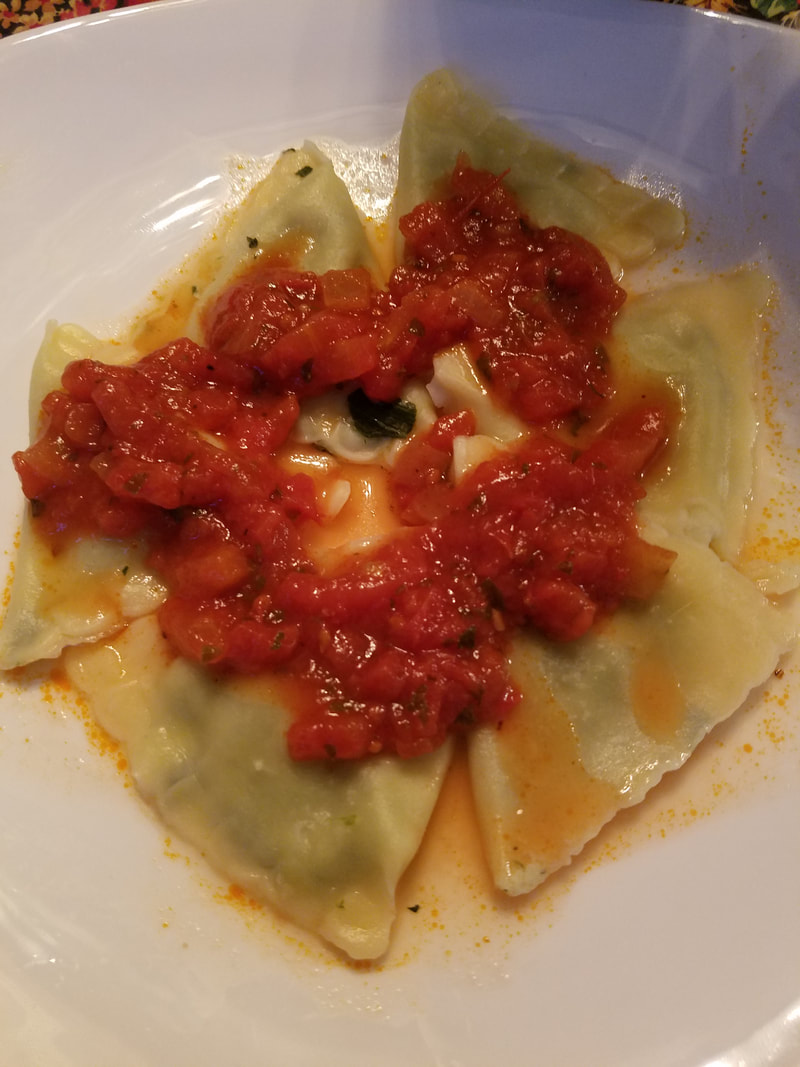
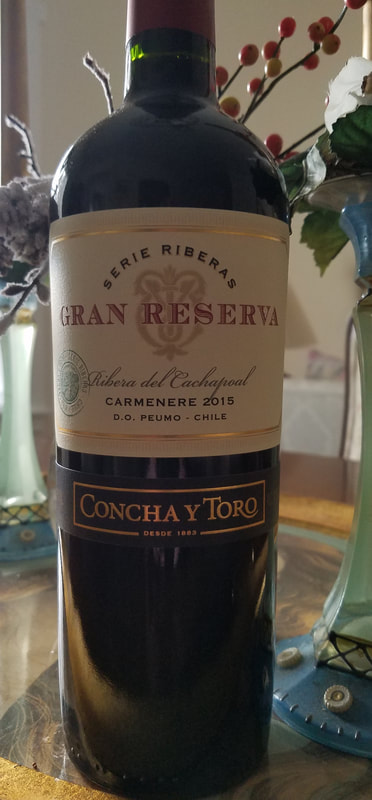
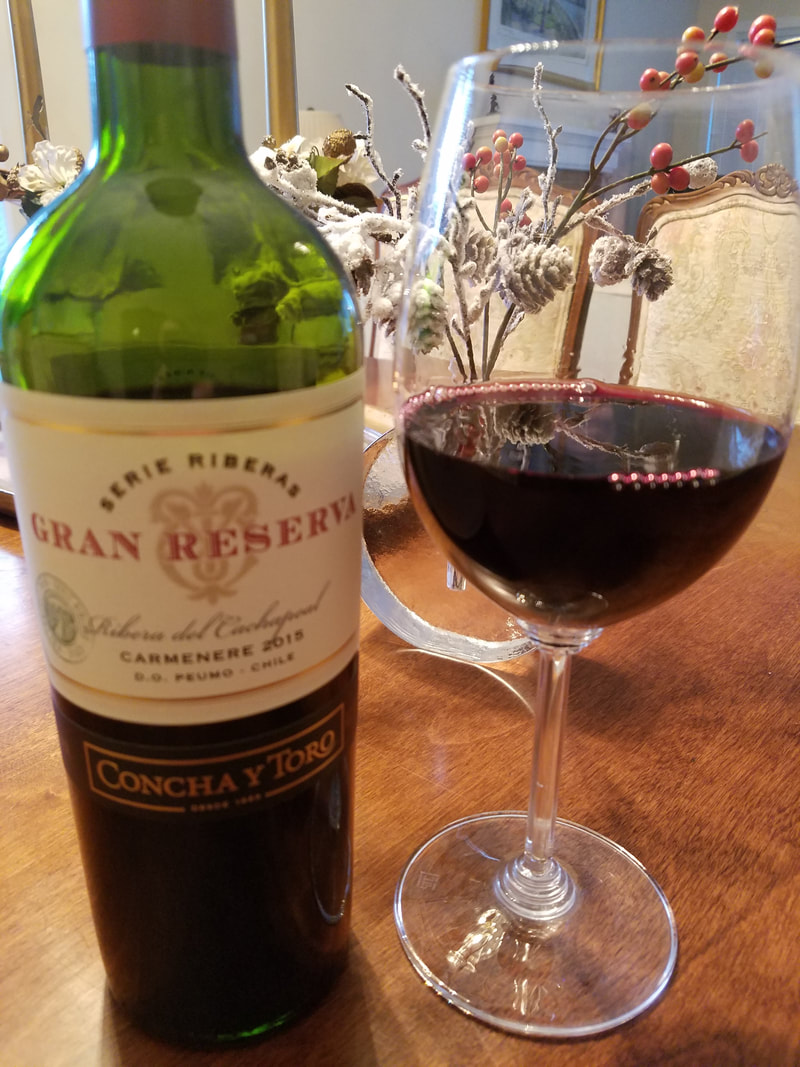
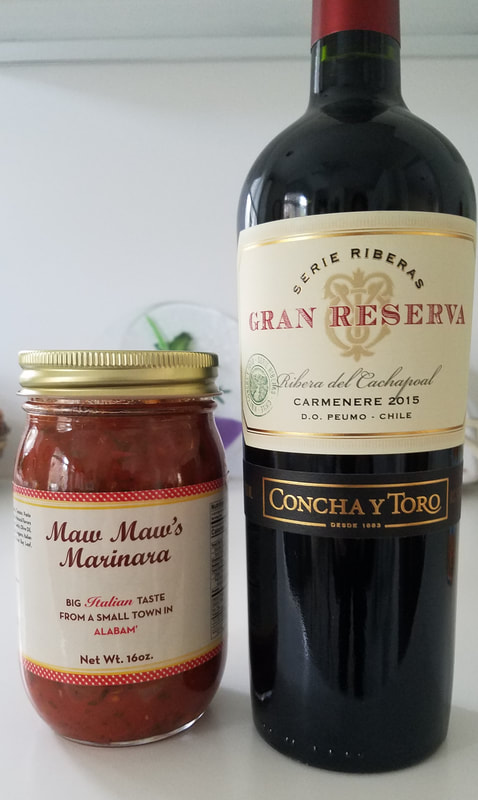
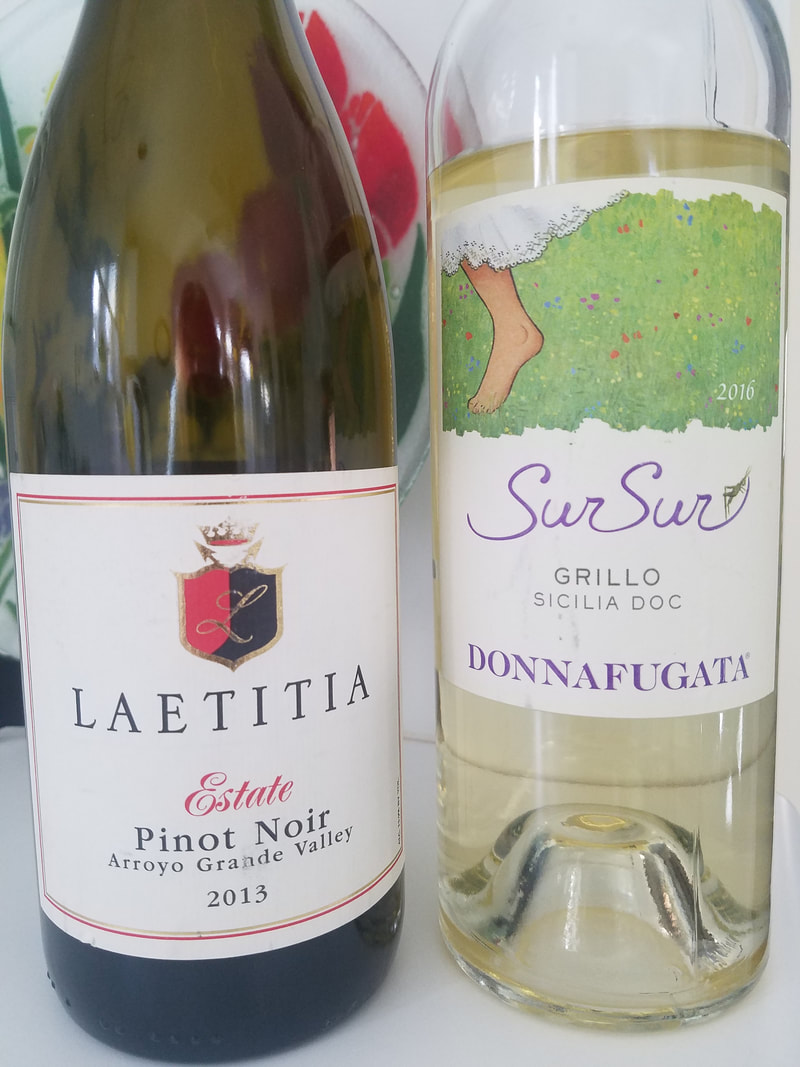
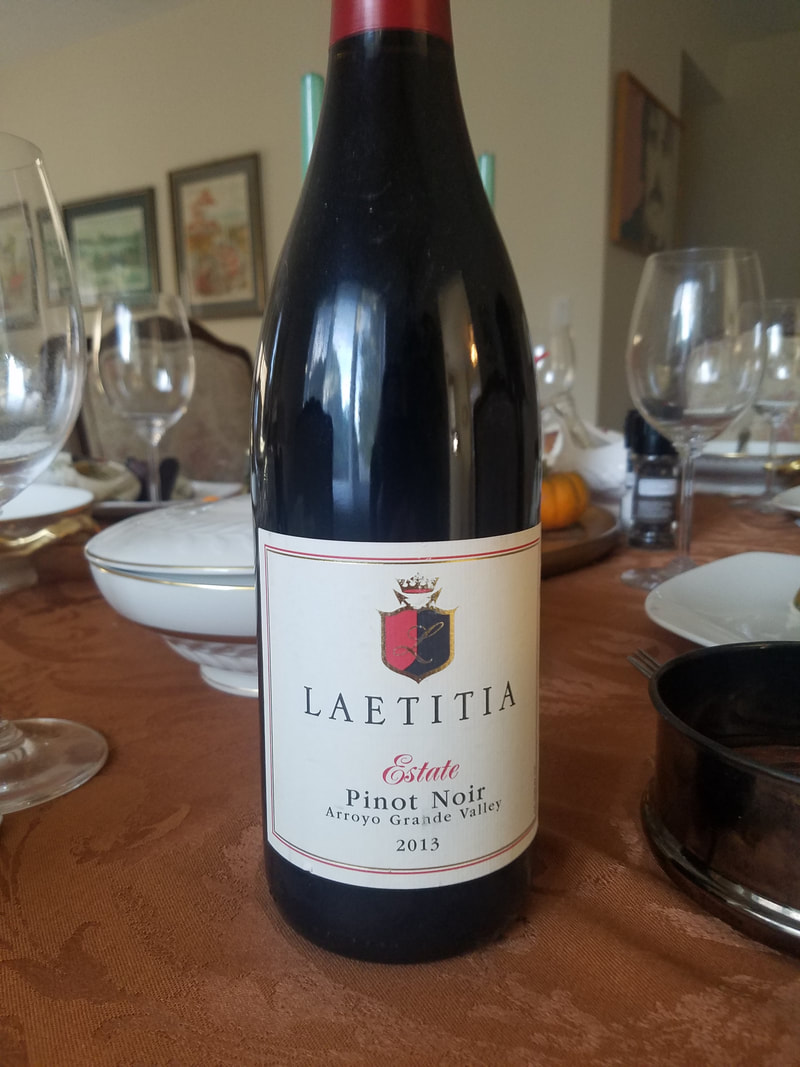
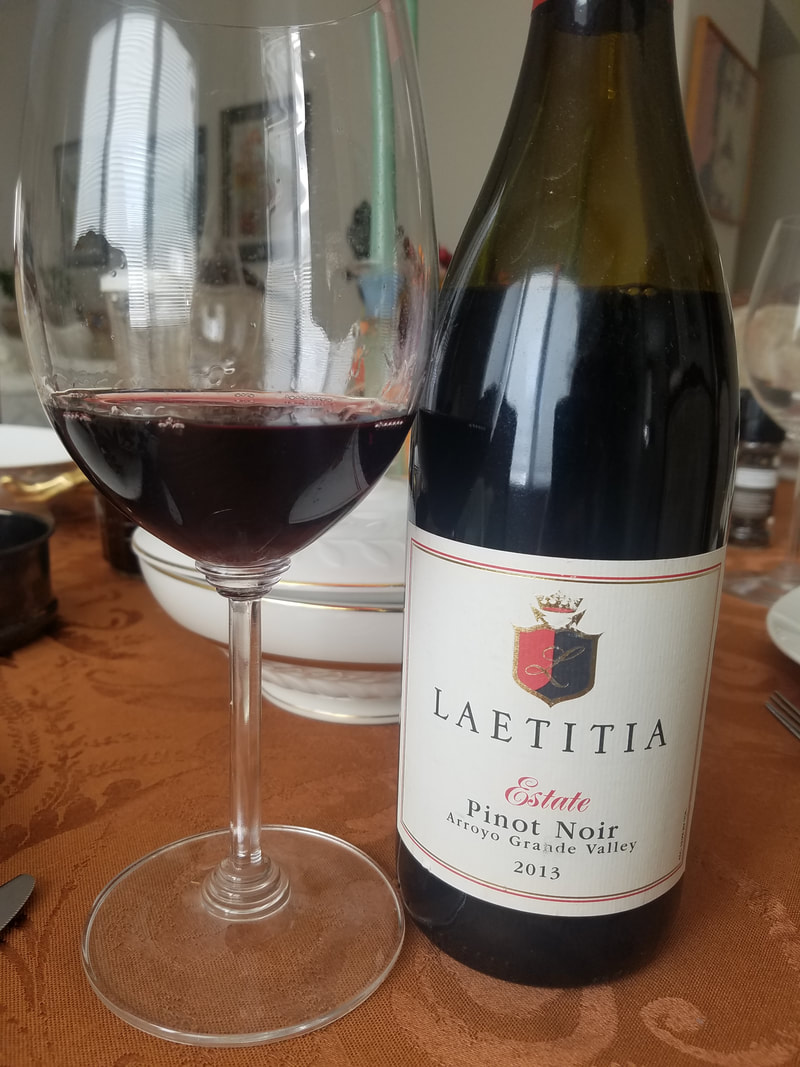
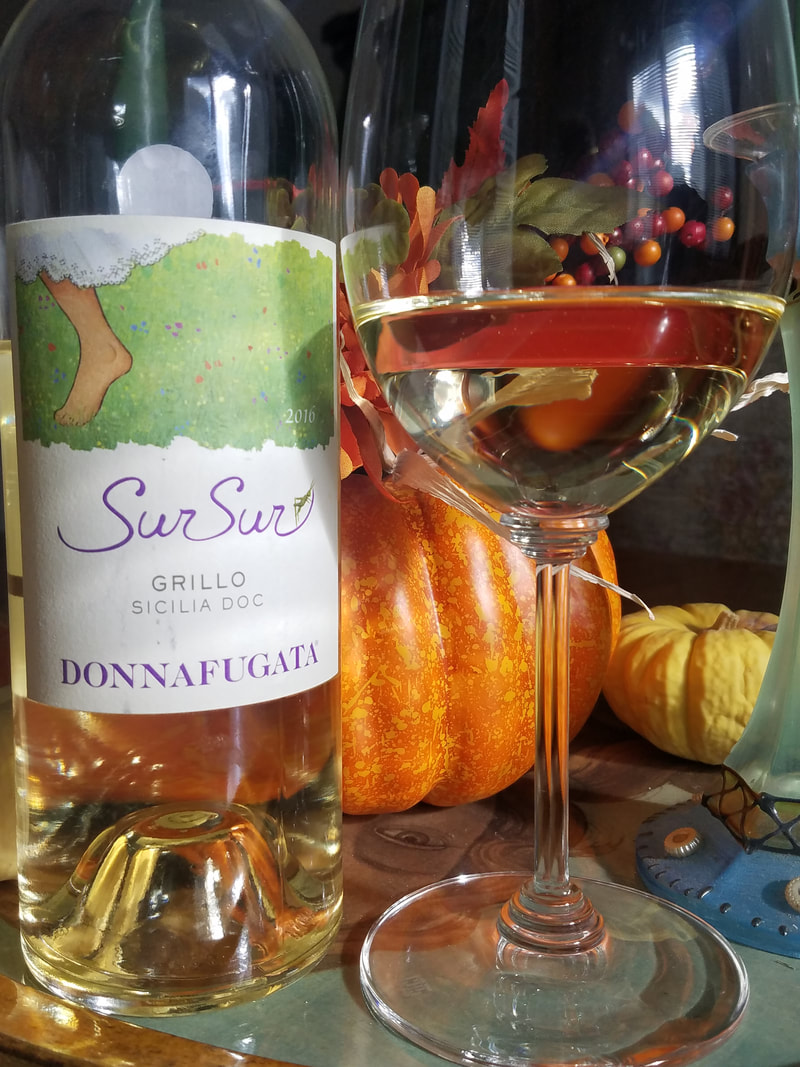
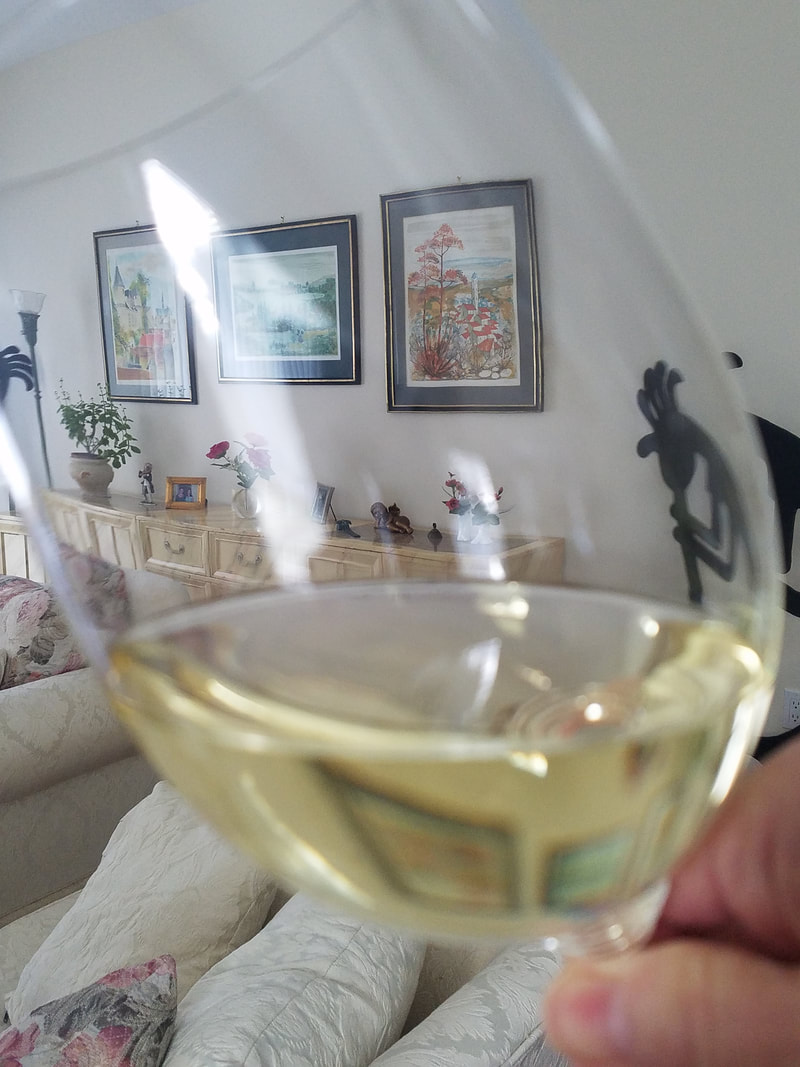
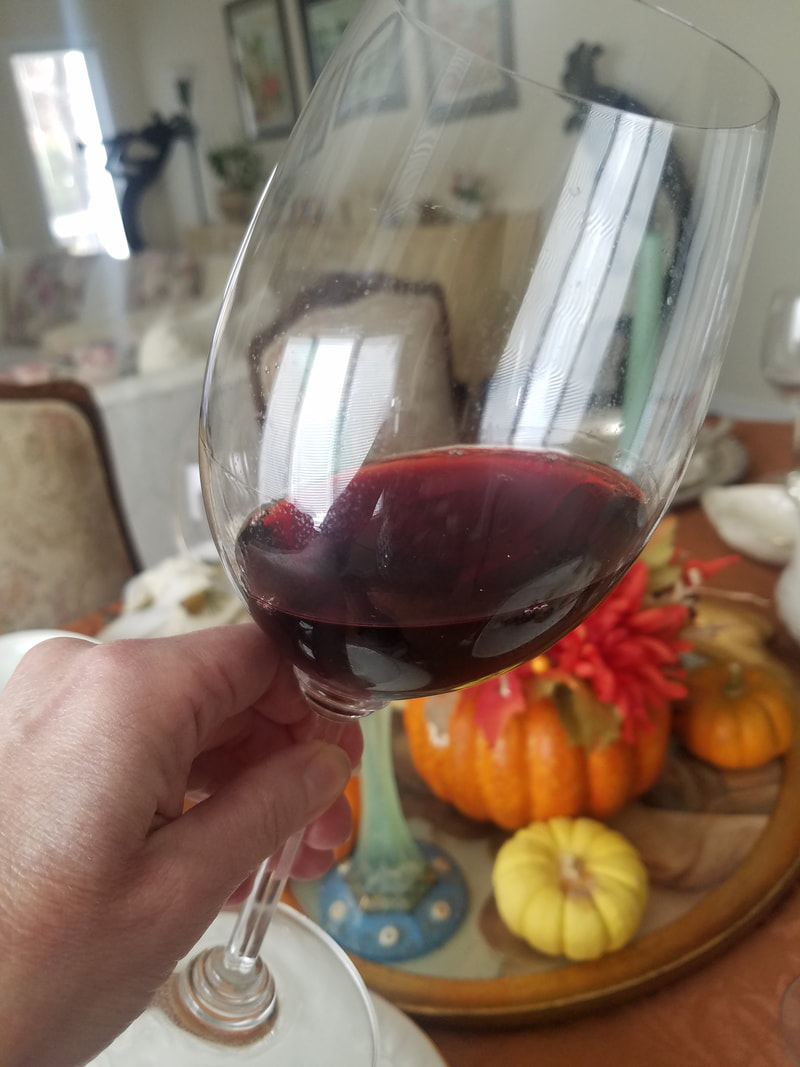

 RSS Feed
RSS Feed